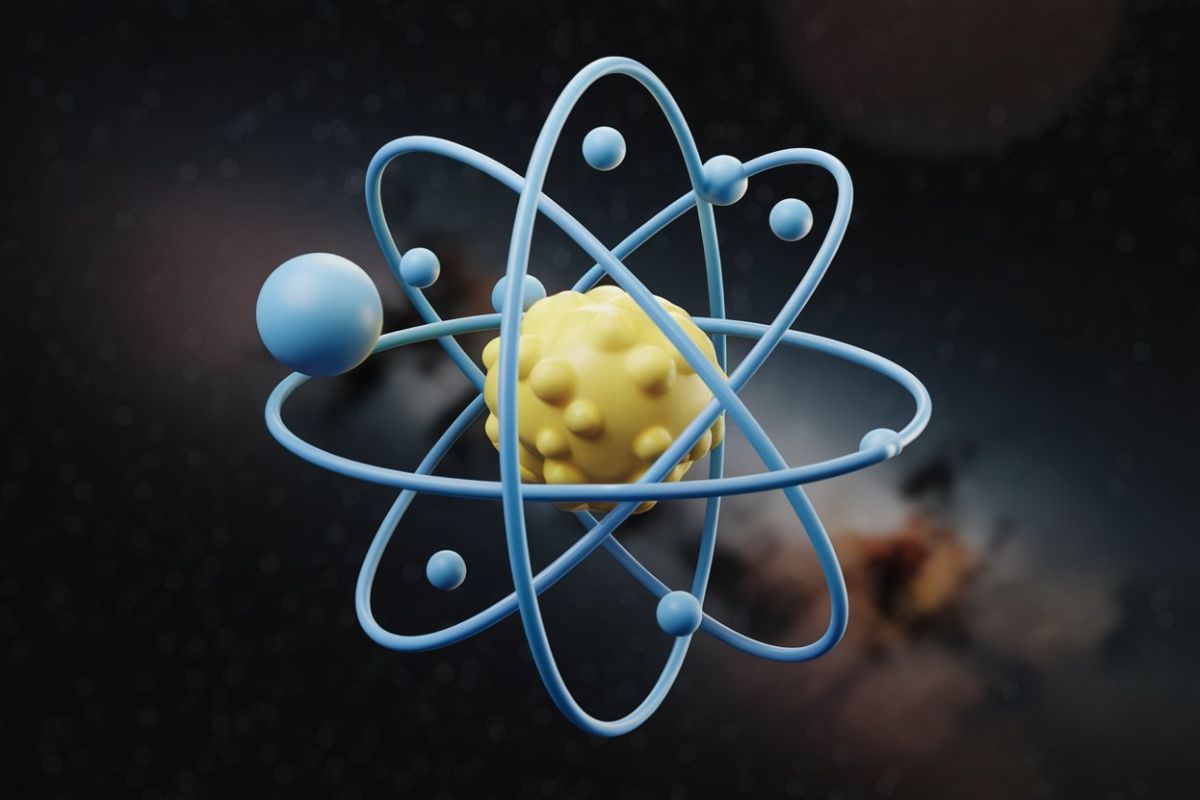
Dubnium is a synthetic element with the symbol Db and atomic number 105. Named after the Russian city of Dubna, where it was first synthesized, this element is part of the transition metals group. Dubnium is not found naturally and must be created in a laboratory, making it quite rare. Its most stable isotope, Dubnium-268, has a half-life of about 28 hours, which is relatively short. This element is highly radioactive and has no significant commercial applications due to its instability. Scientists primarily study Dubnium to understand more about the properties of heavy elements and nuclear reactions. Curious about more intriguing facts? Keep reading to uncover 40 fascinating details about Dubnium!
Key Takeaways:
- Dubnium, a synthetic element, was discovered in 1967 and is highly radioactive. It has no stable isotopes and is primarily used for scientific research in nuclear physics and chemistry.
- Despite its limited practical applications, dubnium's study contributes to our understanding of the periodic table and superheavy elements. Its properties are based on its position in the periodic table and its relation to other group 5 elements.
What is Dubnium?
Dubnium is a synthetic element with the symbol Db and atomic number 105. It’s part of the transactinide series and is highly radioactive. Here are some fascinating facts about this elusive element.
- Dubnium was first discovered in 1967 by a team of Soviet scientists at the Joint Institute for Nuclear Research in Dubna, Russia.
- The element was named after the town of Dubna, where it was discovered.
- Dubnium is not found naturally on Earth; it must be created in a laboratory.
- It was produced by bombarding americium-243 with neon-22 ions.
- The element has no stable isotopes. The most stable isotope, dubnium-268, has a half-life of about 28 hours.
- Dubnium is part of the d-block in the periodic table, which includes transition metals.
- It is placed in group 5, alongside vanadium, niobium, and tantalum.
- The element is highly radioactive, making it difficult to study.
- Dubnium’s chemical properties are predicted to be similar to those of tantalum and niobium.
- It is named after the Russian town of Dubna, honoring the place of its discovery.
Discovery and Naming
The discovery of dubnium was a significant milestone in the field of chemistry. The naming process also had its own set of interesting events.
- There was a dispute between American and Soviet scientists over the discovery, leading to a temporary naming controversy.
- The Americans proposed the name "hahnium" after Otto Hahn, a German chemist.
- In 1997, the International Union of Pure and Applied Chemistry (IUPAC) resolved the dispute by officially naming it dubnium.
- The element was also temporarily known as "unnilpentium" (symbol Unp) before its official name was decided.
- The name "dubnium" was chosen to honor the contributions of the Joint Institute for Nuclear Research in Dubna.
Physical and Chemical Properties
Dubnium’s physical and chemical properties are largely theoretical due to its short half-life and radioactivity. However, scientists have made some educated guesses.
- Dubnium is expected to be a solid under normal conditions.
- Its density is predicted to be around 29 g/cm³, making it one of the densest elements.
- The element is expected to have a high melting point, similar to other group 5 elements.
- Dubnium’s chemical behavior is predicted to be similar to that of tantalum and niobium.
- It is expected to form oxides and halides, much like its lighter homologs.
Applications and Uses
Due to its radioactivity and short half-life, dubnium has no practical applications outside of scientific research.
- Dubnium is primarily used for research purposes in nuclear physics and chemistry.
- It helps scientists understand the properties of heavy elements and the limits of the periodic table.
- The element’s behavior provides insights into the stability of superheavy elements.
- Research on dubnium contributes to the development of new theories in nuclear science.
- It also aids in the study of nuclear reactions and decay processes.
Isotopes and Stability
Dubnium has several isotopes, all of which are radioactive. The stability of these isotopes varies, but none are stable enough for practical use.
- The most stable isotope, dubnium-268, has a half-life of about 28 hours.
- Other isotopes, such as dubnium-261 and dubnium-262, have much shorter half-lives, ranging from seconds to minutes.
- The short half-lives of dubnium isotopes make it challenging to study their properties in detail.
- Dubnium isotopes are produced in particle accelerators through nuclear reactions.
- The study of these isotopes helps scientists understand the behavior of superheavy elements.
Challenges in Research
Researching dubnium presents several challenges due to its radioactivity and short half-life.
- Handling dubnium requires specialized equipment and safety protocols to protect researchers from radiation.
- The element’s short half-life limits the time available for experiments and observations.
- Producing dubnium in sufficient quantities for research is difficult and expensive.
- The element’s radioactivity complicates the analysis of its chemical properties.
- Despite these challenges, scientists continue to study dubnium to expand our understanding of the periodic table.
Fun Facts
Here are some fun and lesser-known facts about dubnium that highlight its unique characteristics.
- Dubnium is one of the heaviest elements in the periodic table.
- The element’s discovery was part of the Cold War-era competition between American and Soviet scientists.
- Dubnium’s chemical symbol, Db, is derived from the first two letters of its name.
- The element’s predicted properties are based on its position in the periodic table and its relation to other group 5 elements.
- Despite its limited practical applications, dubnium continues to intrigue scientists and researchers worldwide.
The Final Word on Dubnium
Dubnium, with its atomic number 105, remains a fascinating element. Discovered in the 1960s, it’s named after Dubna, Russia. This synthetic element doesn’t occur naturally and is produced in particle accelerators. Its most stable isotope, Dubnium-268, has a half-life of about 28 hours, making it quite fleeting. Scientists study dubnium to understand more about the properties of heavy elements. Despite its short existence, dubnium plays a crucial role in scientific research, especially in nuclear chemistry. Its chemical properties are similar to those of tantalum and niobium. While dubnium itself doesn’t have practical applications yet, the research surrounding it helps advance our knowledge of the periodic table. So, next time you think about the elements, remember dubnium’s unique place in the world of science. It’s a small piece of a much larger puzzle, helping us understand the universe better.
Frequently Asked Questions
Was this page helpful?
Our commitment to delivering trustworthy and engaging content is at the heart of what we do. Each fact on our site is contributed by real users like you, bringing a wealth of diverse insights and information. To ensure the highest standards of accuracy and reliability, our dedicated editors meticulously review each submission. This process guarantees that the facts we share are not only fascinating but also credible. Trust in our commitment to quality and authenticity as you explore and learn with us.


